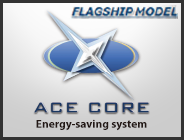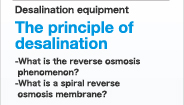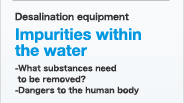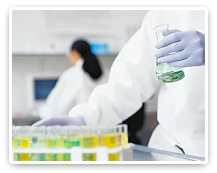 |
|
| All the equipment AWT proposes for our customers are products with the best cost performances created by considering all factors for reducing costs, such as the non-chemical dosing method, implementing power recovery devices, and analyzing the qualities of various raw water sources. |
 |
||||||||||||||||||||||||||||
|
||||||||||||||||||||||||||||
 |
|||||||||||||||||||||||||||||||||||||||
|
|||||||||||||||||||||||||||||||||||||||
 |
|||||||||||||||||||||||||||||||||||||||
|
|||||||||||||||||||||||||||||||||||||||

















